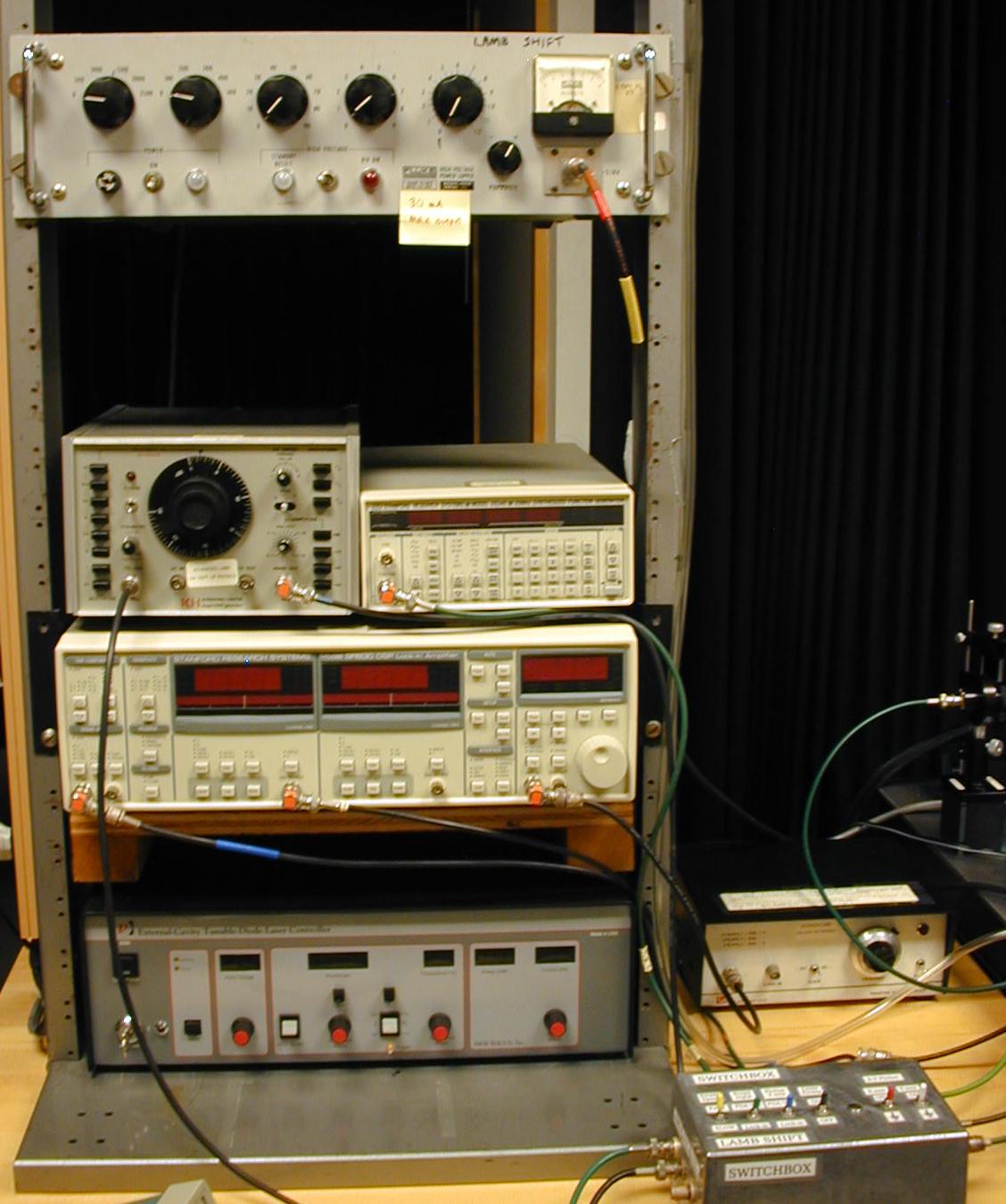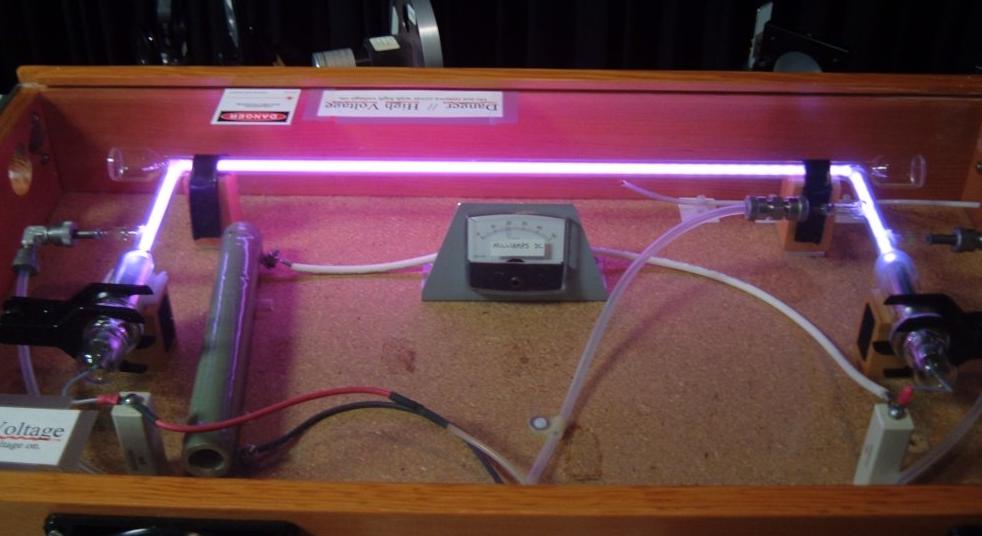The Lamb Shift in Hydrogen
According to Arthur Schawlow, "The spectrum of the hydrogen atom has proved to be the Rosetta stone of modern physics: once this pattern of lines had been deciphered much else could also be understood." In the early 20th century the spectrum of atomic hydrogen was a key factor in the development of quantum mechanics. As experimentalists made more detailed measurements, increasingly refined theoretical models kept pace with explanations of the proliferating number of features in the hydrogen spectrum. But some measurements made in the 1930's hinted at a discrepancy for which even the Dirac theory could not account. In 1947 Lamb and Retherford measured the energy difference between the lowest n = 2 states predicted to be degenerate by the Dirac theory. This measurement provided one of the first tests for the now well-established theory referred to as quantum electrodynamics (QED), which continues to provide a benchmark against which increasingly refined versions of this theory are tested even today. In this experiment, atomic hydrogen is generated in a discharge tube, and students initially observe the Doppler broadened fine structure lines of the Balmer alpha transition at 656 nm. Then, deploying the technique of saturation spectroscopy, students record the Doppler-free spectrum, easily resolving the fine structure components of this line, and also the Lamb shift. In addition to measuring the fine structure splittings and the Lamb shift, one can use the recorded linewidths to estimate the lifetimes of the various excited states.



